PhD in Computer Science
PhD / DPhil
| Status | Complete |
|---|---|
| Part Time | Yes |
| Years | 2003 - 2009 |
| Project Title | Place authenticity and time: a framework for liveness in synthetic speechj |
| Project Description | In his ‘Uncanny Valley’, Mori posits that, when a non-human entity appears too ‘realistic’ or human-like, users respond with unease. To date, most synthetic speech research has ignored the phenomenon of the ‘Uncanny Valley’, striving for greater ‘realism’ and verisimilitude to human speech. Distinct from ‘realism’, however, is the concept of ‘liveness’, which is more akin to ‘spontaneity’ or ‘truthfulness’. This thesis documents the development of the Place, Authenticity, Time (PAT) framework, a framework that seeks to support the design of synthetic voices by making them appear more ‘live', rather than more ‘realistic’. The framework is derived both from the performing arts and from computer science, and casts synthetic voices as ‘synthetic voice actors’. Over the course of this thesis, a software system is built and a number of studies are undertaken to reveal whether simple, performing-arts-derived, paralinguistic/prosodic modifiers can improve the user perception of a synthetic voice’s ‘acting’. These studies show a preference for a modified synthetic voice over a non-modified synthetic voice in straightforward head-to-head comparisons, but no clear preference in more complex interactive implementations. The PAT framework emerges from these studies as a model of the ‘problem space’ confronting the designer of synthetic voice actors. It suggests ways in which acting, scripting and setting can be used to evoke ‘liveness’, and to sidestep issues of ‘realism’ and the accompanying user unease. |
| Awarding Institution | University of York |
